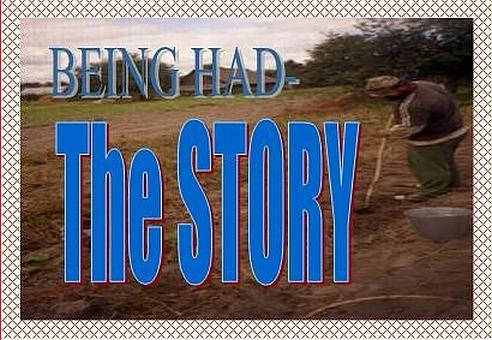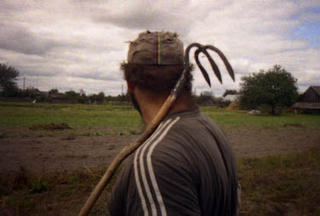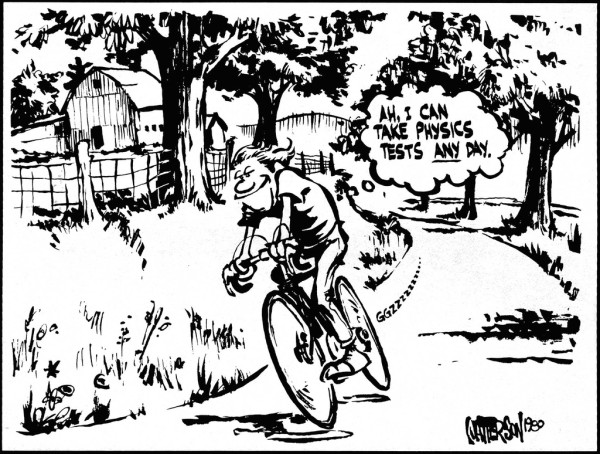Well, as I said, it is time to change the tambor of these blogs for the purposes of the maintenence of my own personal sanity. So, as there is absolutly no new news, I guess there is nothing to do but get started.
A tourists guide to Pinsk, Belarus.
The town I live in is called Pinsk. It is located in the south of Belarus along the railroad line between Brest and Gommel. I suppose the first thing that people need to know is that, all jokes about buying Florida real estate aside, the place is built on a swamp. Pinsk is located at the confluence of the Pina and Pripyat, but immediately to the south begin what is called the Poles'ye (or Pripyat Marshes), which is in fact the largest swamp in Europe. This then explains all of those mosquitoes (komaree) in Russian.
People here speak Russian. Officially speaking, Belarusian- sort of a Polish/Russian mix sharing the same grammar and alphabet as Russian, is the official language and was officially designated as being so in 1991 at the time of the referendum. However, Russian, the natural language of 90 percent of Belarus, was officially elevated to its current position as the second official Language in 1995, this probably having a lot to do with the then planned (re-) Union between Belarus and Russia; or that very few people here really know how to speak it. Belarusian is pretty common in the villages though, but in urban centers such as Pinsk it is rarely ever heard except for maybe at the bazaars.
I guess the first thing you would notice to say about Pinsk is that it really is not western. Oh yes, it is true that the young people carry themselves in a somewhat European manner, but for the most part the style of life is still very much at least outwardly as it was during the time of the former Soviet Union. I say outwardly because the style of life, the architecture and the manner in which the pace does business is still very much as it was during that time. "Market Socialism." Is a good way to describe the way business is done here. The state still keeps strict administrative controls over prices and currency exchange rates and retains the right to intervene in the management of private enterprise. Consequently, the vast majority of business here is “state” run and that pretty much explains the lack of diversity.
I have stated in previous essays that this was what was wanted by an enormous percentage of the population at the time of the first presidential elections, but I am not convinced that this is what is going on at the moment. There is a strong push these days to do business and this can be seen in the vibrancy of the three large open air bazaars in Pinsk.
I guess I will try and talk about this a little over the next few days.
The town has about 130,000 residents, enough to generate enough business to maintain five or six 24 hour grocery stores but not enough to make it all that noisy. The town has two universities and several technical colleges. There is a movie theatre, two performance halls, One functioning football/track stadium (one now in disrepair) and a “Motoball stadium”. There are four or five hotels.
I guess the first “landmark” I should talk about is the “Kostol”, the Franciscan monastery located between Lenin Street and Dznenrobskoi Flotiliy Street Just near the Stolinskaiya Bridge. I say this because in every advertising picture taken of the place, the church is the primary target, and so if you as a tourist had any visual expectations of the place, it would have to include this building. That is kind of logical. The land and materials for the church were first granted by Cigezmond Kestotovich in 1396. Pinsk at that time was under the flag of Lithuenia. The original cathedral was made of wood. In 1510 King Zigmond I of Poland decided to rebuild the church from stone in the gothic style. Pinsk became part of Poland in 1569 as a result of the Union of Lublin that united Poland and Lithuania. Work took about 150 years altogether (Polish bureaucracy?) and the Church was renamed in honor of “Deva Maria” Apparently, though Mary had not brought all of the luck the place needed because it burned three times before being pretty much wiped out in a local war in 1706. They rebuilt the place from the original foundation stone between 1712 and 1730. Pinsk was ceded to Russia in 1793 when Poland, as a result of some other remarkable political maneuvers, ceased entirely to exist.
The great tower that stands just in front of the Cathedral was first built in 1817 by a Pinsk born architect named Kachinski. The steeple and the fourth story of the tower were built in 1920, just after Pinsk, returned under the control of Poland (who had by then just recently again became Poland- or Poland II) by Zonobski, a Russian Architect who was also born in Pinsk. The place promptly had another fire.
They recently finished work on the restoration of the tower. The work on that I think took maybe six years. I might be wrong about this, but I seem to remember seeing the scaffold up in 1997. Anyway, they just this past summer finished.
More tomorrow
And as and end note:
(I thought I would say that my original thought was to start this with a James Michner-esque macro-view:
…Near the edge of the galaxy, a small yellow star burns quietly at the center of a small system of planets. The third planet from its sun, a glimmering blue ball slowly rotates, two great land masses surrounded by water and clouds slowly revolving delicately above…
But I realised once I got started that the scope was a little big for the subject. I mean, I only do between a thousand and two thousand words a day here and if I tried that, I would finally get to Belarus sometime next month. I started it the way I did out of a persistant and annoying habit of getting right to the point. I have always been like this. Just ask Zaremba.)






















